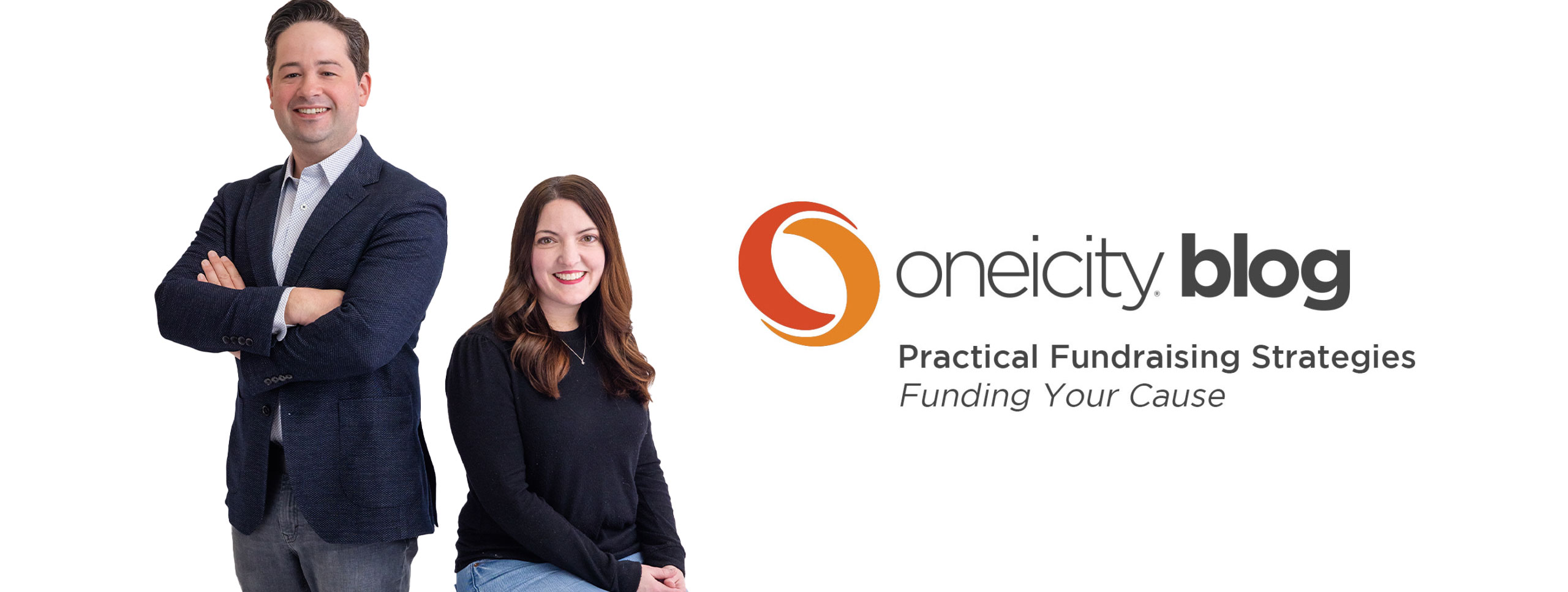Before I give you the most dangerous myth about major donors, you’ll have to tolerate a quick commercial. We’re rebooting the Oneicity newsletter and I’d love to get your opinion and a sign-up for delivery in your email inbox (it’s free).
The latest newsletter starts like this:
An island disappeared.
This isn’t a spinoff of a new Lost TV season. This really happened not long ago. They found out that an island that was on everyone’s map was gone. This doesn’t happen much any more in a world of satellites and Google Earth. But scientists discovered a few weeks ago that an island that was supposed to be off the coast of Australia and that had been on maps for over a decade wasn’t there.
The island was on all the maps. Everyone was sure it was there. But then someone got in a boat and went to look . . .
If you want to find out about the missing island and how it might connect with your work and your life, you’ll have to subscribe (That’s the experiment I’m running). Don’t you want to know what I’m up to with all of this? You can subscribe here to find out. You can also click here to see the previous edition of the Oneicity newsletter about bus driving.
Now back to the most dangerous major donor myth (sounds just slightly like Animal Planet doesn’t it?).
The most dangerous Major Donor myth is that Major Donors* are only motivated by facts and figures, never primarily by emotion.
Ever heard someone say that Major Donors are only motivated by logic and reason? I have. I’ve even heard “experts” say it.
The line of thought is this: donors who write large checks are squinty-eyed analytical fiends who only want to talk facts and stats. They want to know only the ratios and percentages. They’re ROI-donors not “story-donors.” They want a logical approach.
This “dangerous” donor myth makes me ask some questions like:
At what giving level does someone shift from an “emotional” donor and to a “thoughtful” donor? (You can substitute “analytical donor” or “intentional donor” for “thoughtful donor”).
Is it at the $100 level? And is that in a single gift or in multiple gifts?
Or maybe the shift from emotionally-driven to analytically-driven happens at the $1,000 level?
Or is the shift at the $10,000 level?
And same question: is that $10,000 in a single gift or multiple gifts?
Are emotionally motivated donors people who give multiple small gifts or a few larger gifts?
And from a different angle, say I’m someone who makes $10,000,000 per year (just pretend with me here) and have assets in the $100,000,000 range . . . is the $20,000 gift I give you a “major” gift to me or only a major gift to you?
Furthermore, was that $20,000 gift “thoughtful” or “emotional”?
Remember, for some people, $20,000 is tip money . . . pocket change.
See where I’m going?
It can be a tragic (and expensive) mistake to think that a donor becomes a different person based on the size of the check they write.
Donors (all donors) give out of a swirl of motivations. Without a personal conversation and relationship, you can’t know what motivates a donor (you may want also want your handy-dandy polygraph).
So what should you do?
Umm . . . How about tell a story? Everyone loves a story. Everyone. Emotions connect us with the people whose lives we’re changing.
If you know me, you know I’m always telling a story.
At whatever level of giving, until you KNOW for sure that the donor is that rare breed of donor who is only motivated by statistics, tell stories absolutely chock full of emotion (OK, don’t overdo it, but give us emotion).
Understand: a Major Donor may want statistics to back up their emotional connection. Before they write that million-dollar check, they may want some data. Don’t be fooled into thinking that the data is the motivator. That is the authenticator (more on that another time).
Statistics don’t motivate giving, emotion does.
Just because someone is what you consider a Major Donor, don’t make the deadly mistake of approaching them with statistics first. Tell ‘em why their gift is a big deal by helping them experience the emotion of changing the world.
So what do you think? Am I crazy (OK, just about this Major Donor Myth thing)? What’s been your experience with Major Donors? I love knowing what you’re thinking.
st
*I’m thinking of individuals, not foundations or corporations. But I would make the case that foundations and corporations are made up of people and the decisions to give are made by people. And those people love and are moved by emotion.
![]()
Steve Thomas
Partner, Oneicity
(photo credit: Wikipedia)

